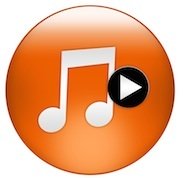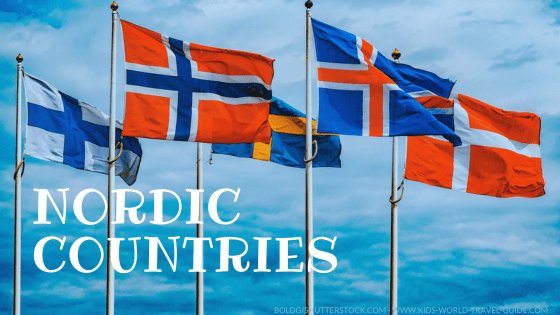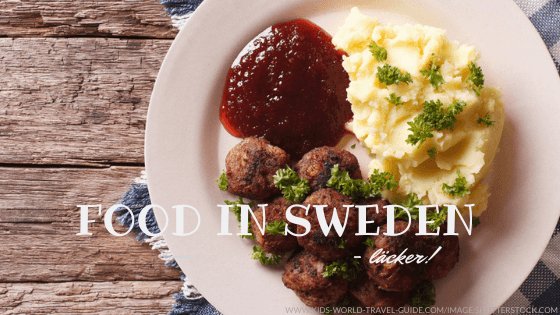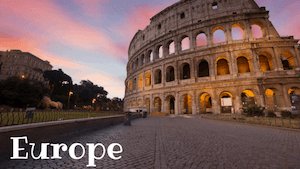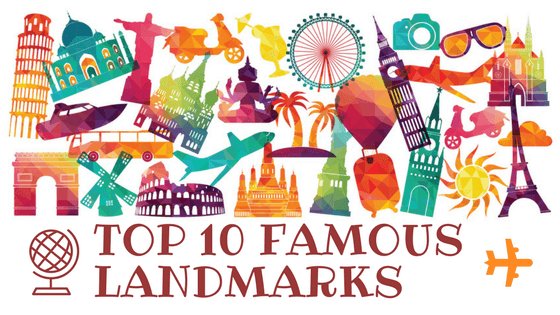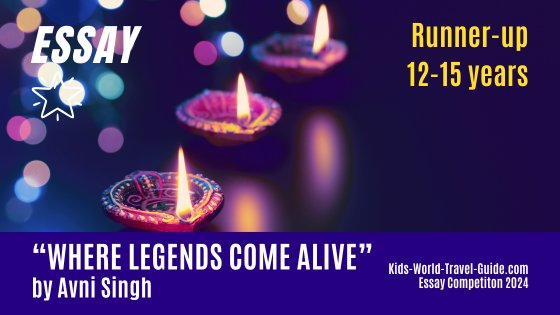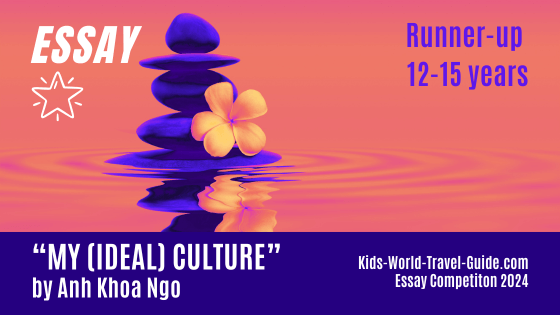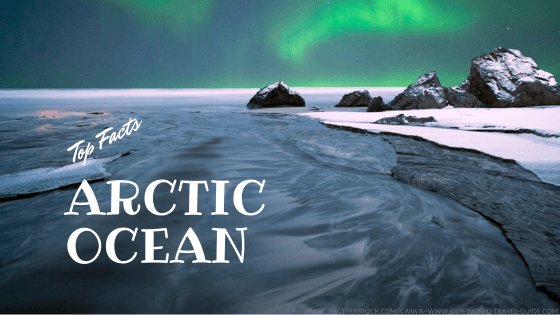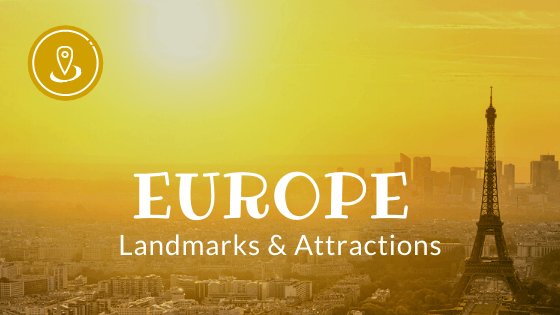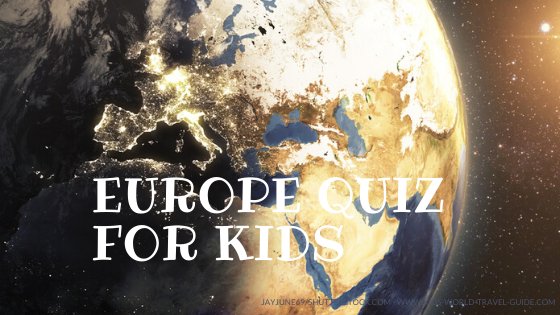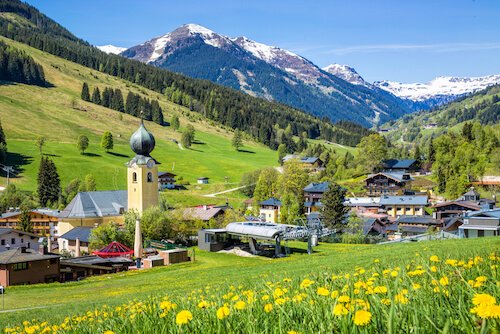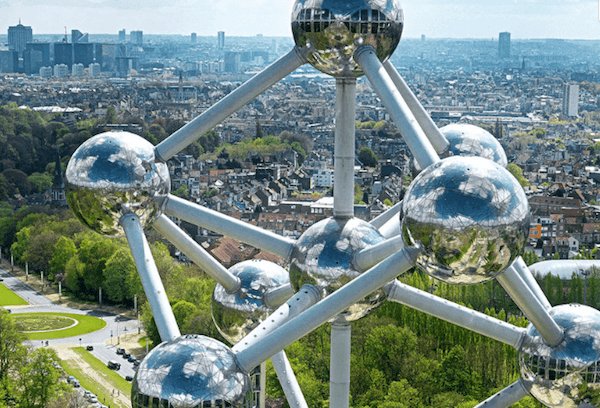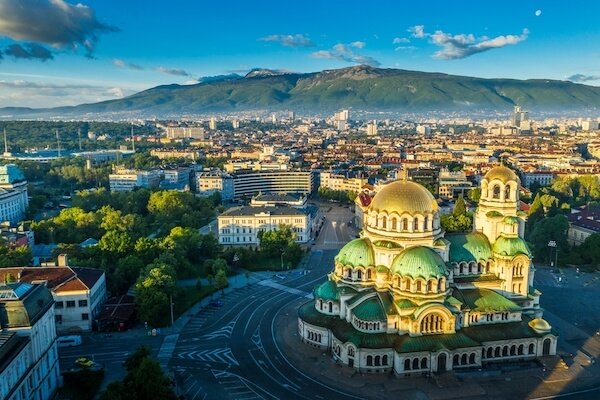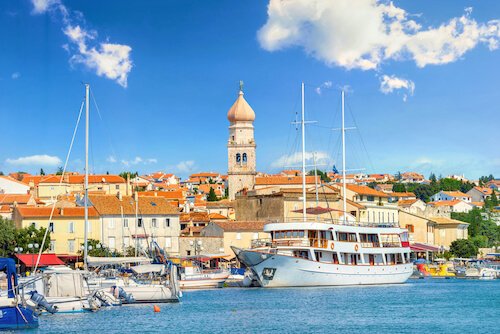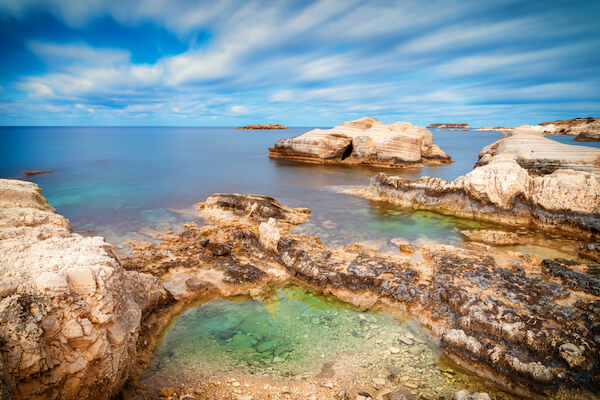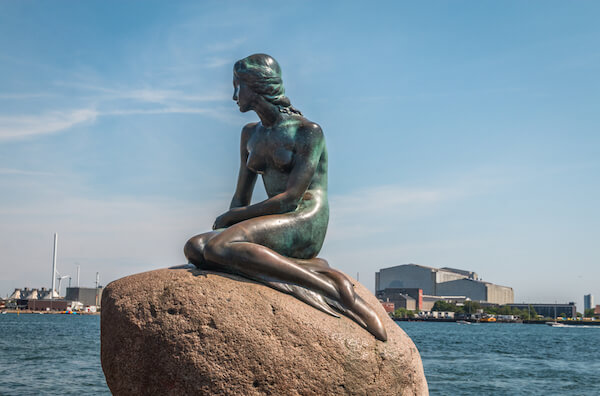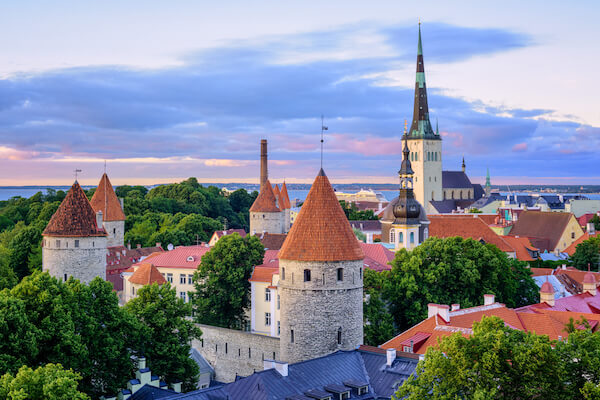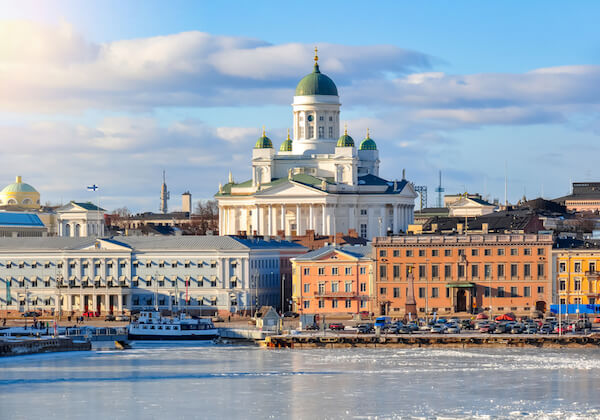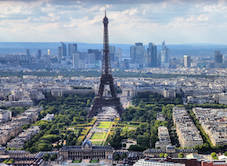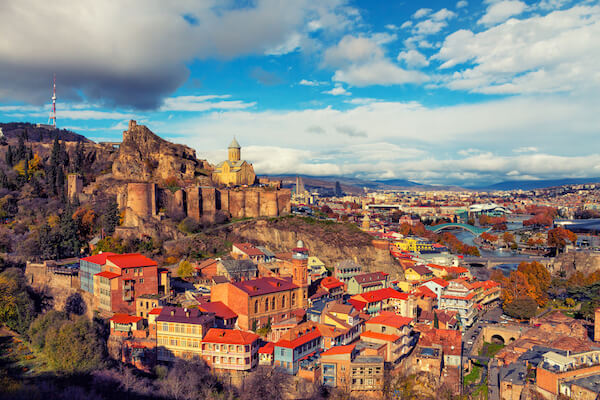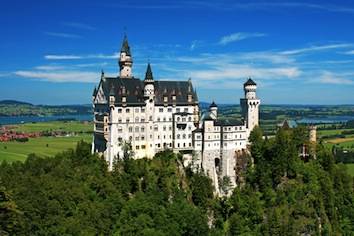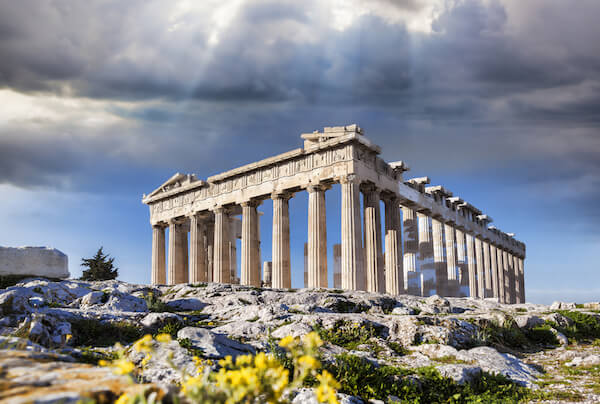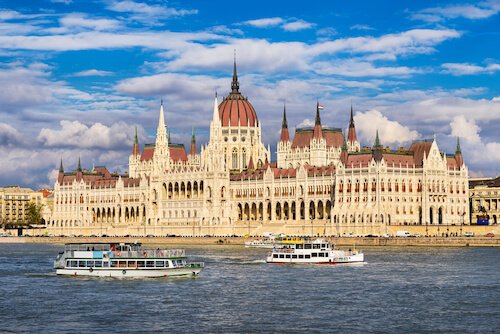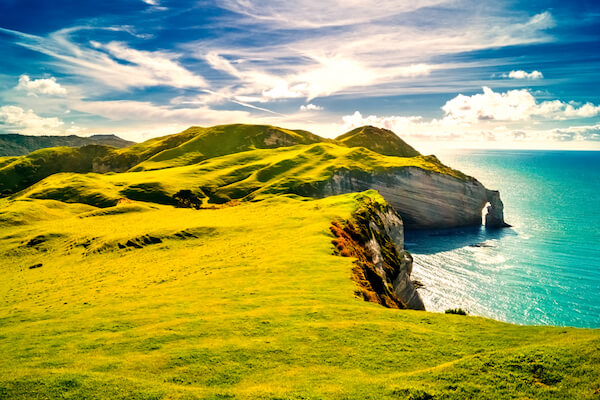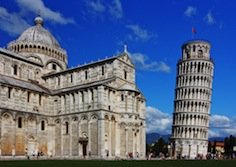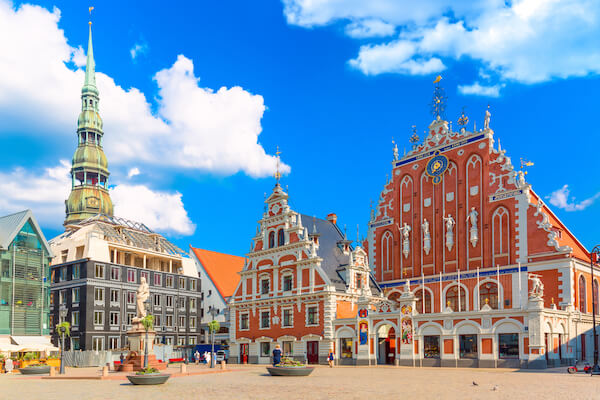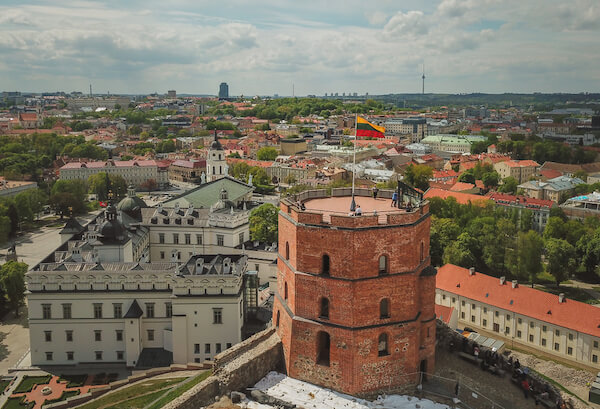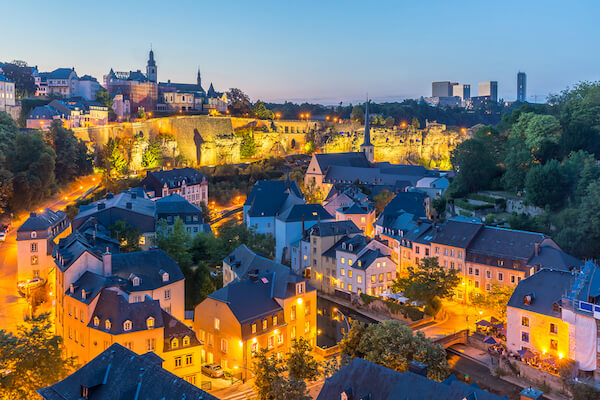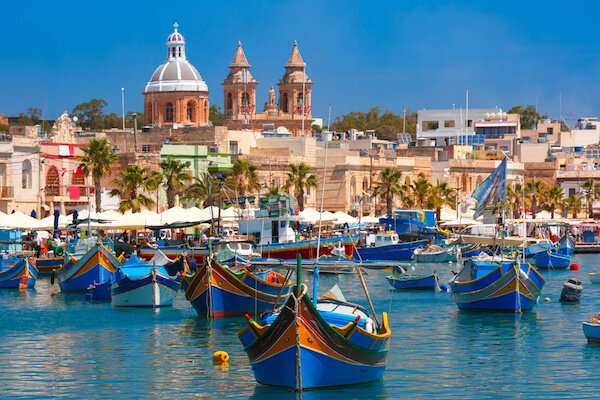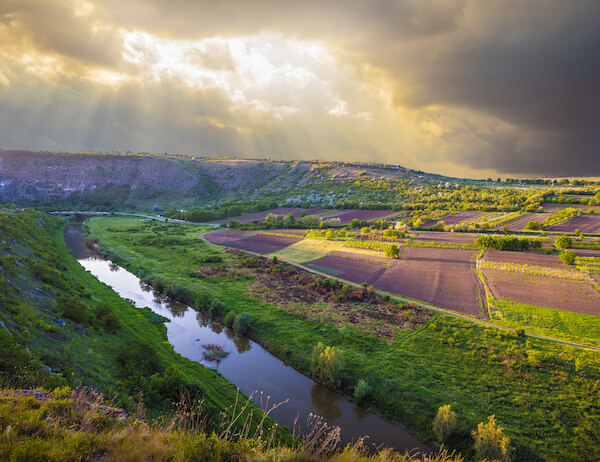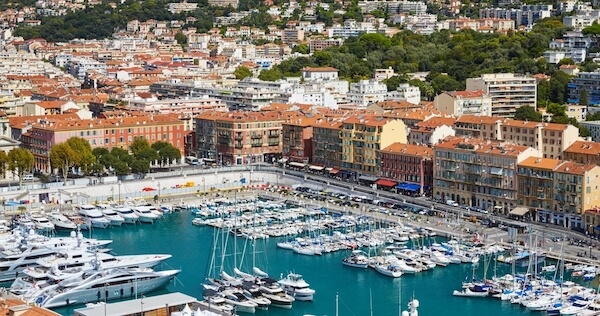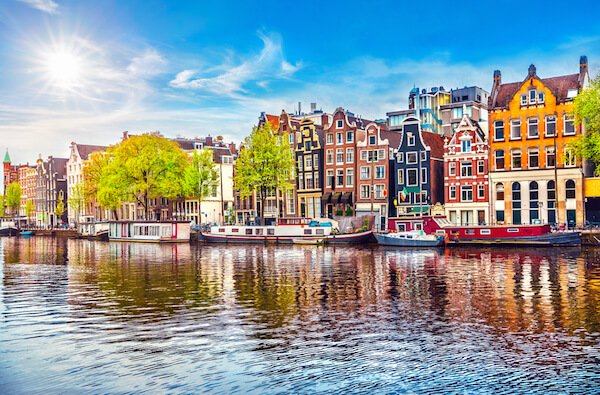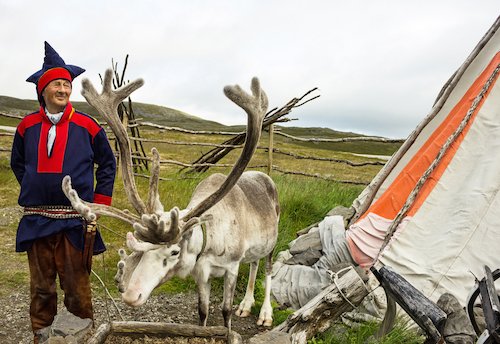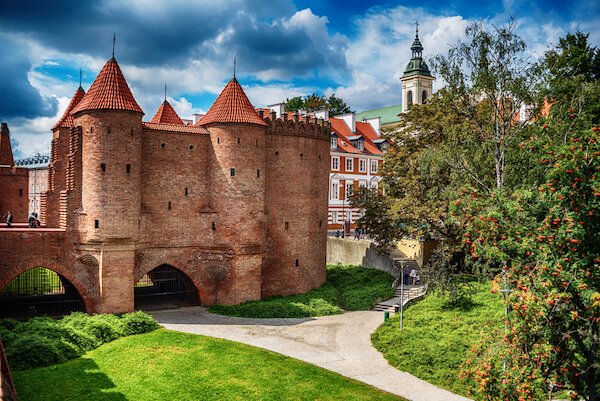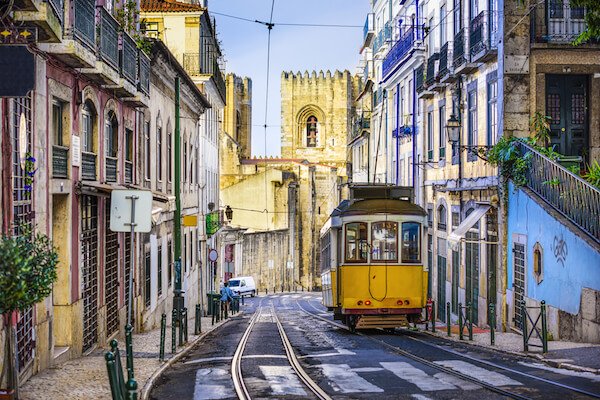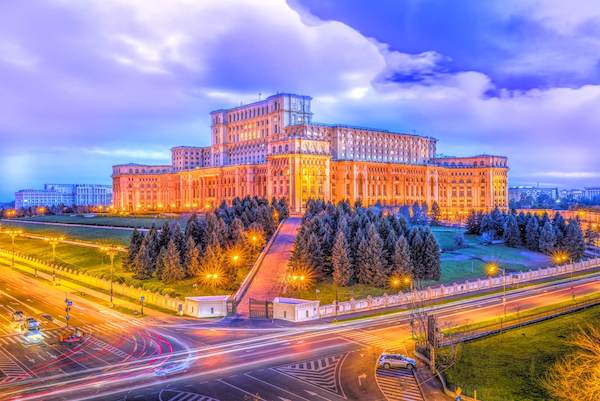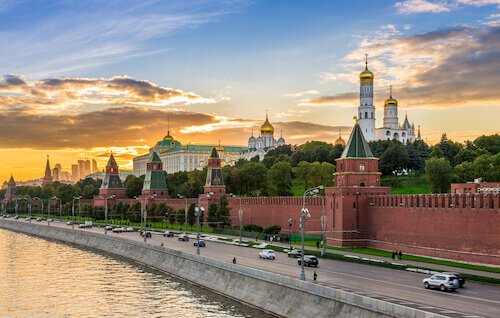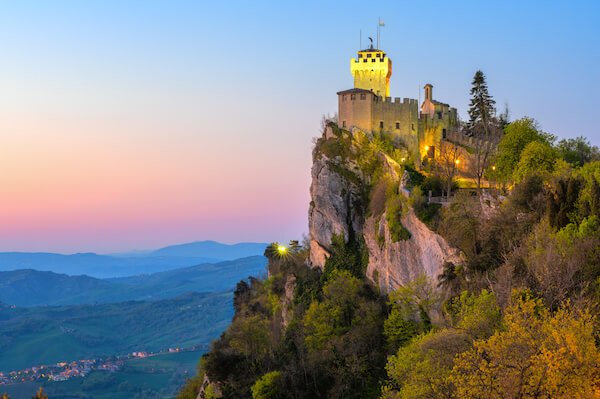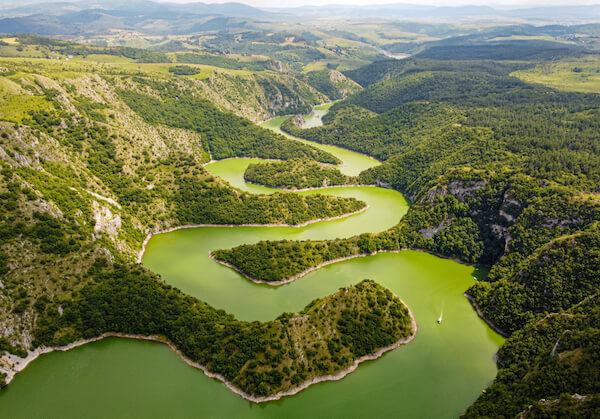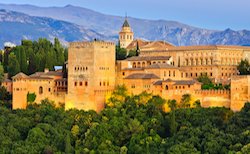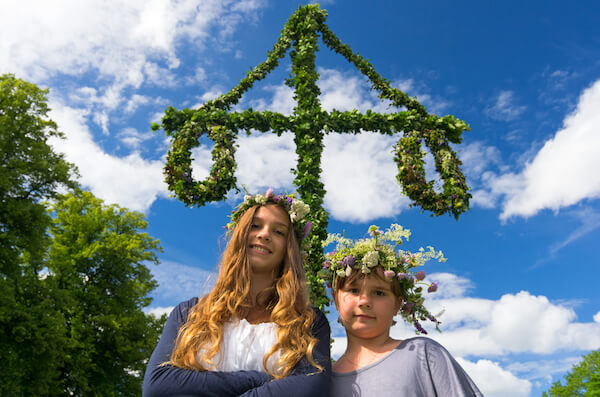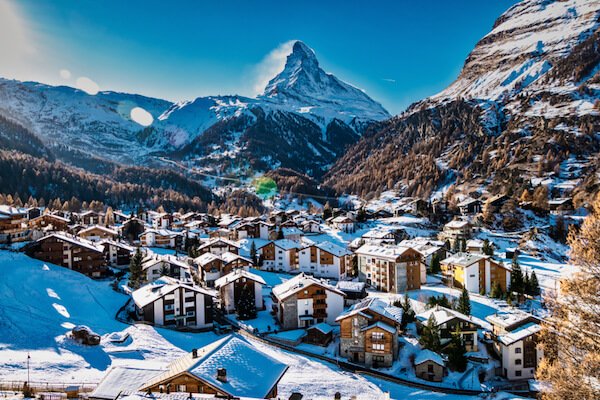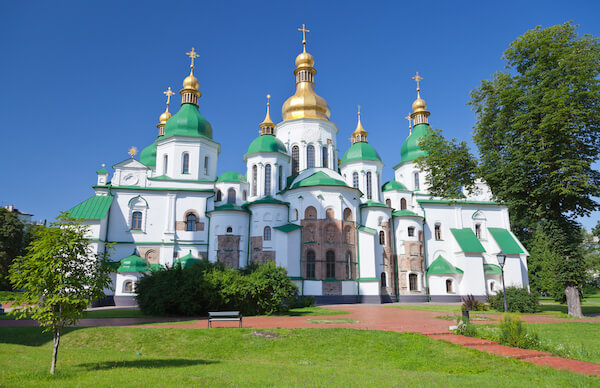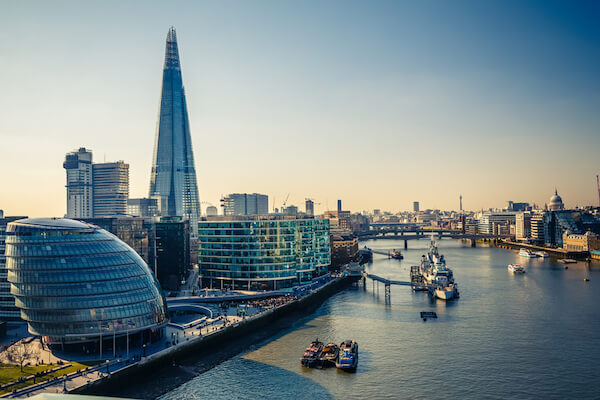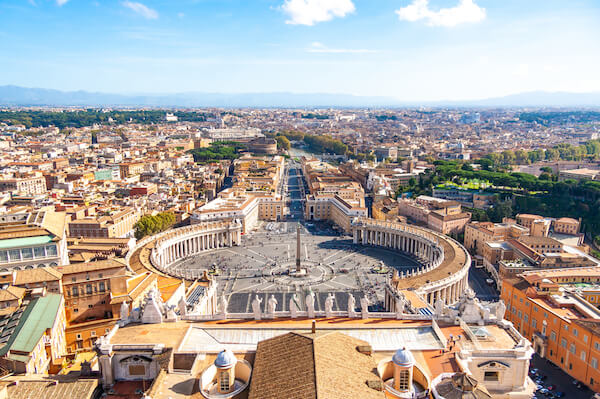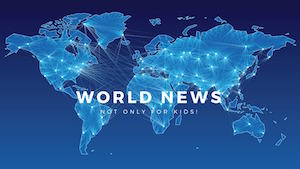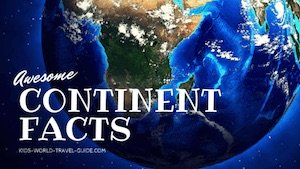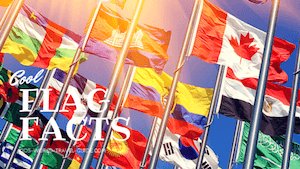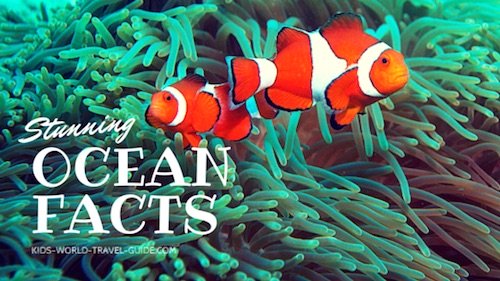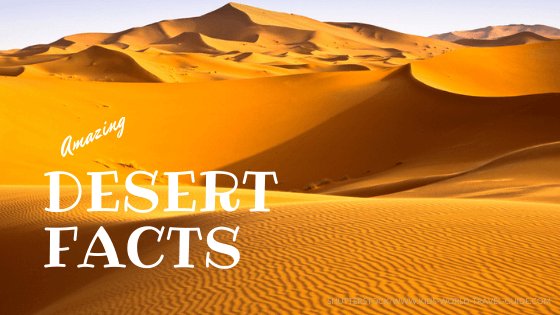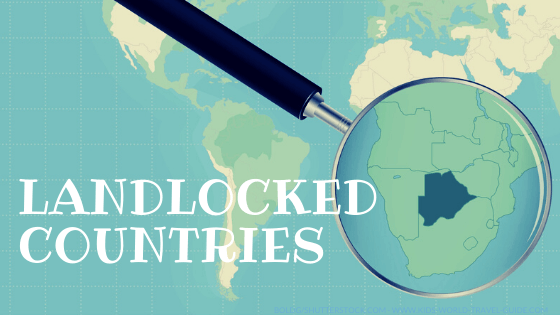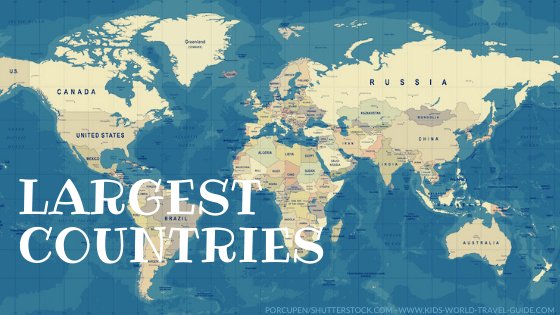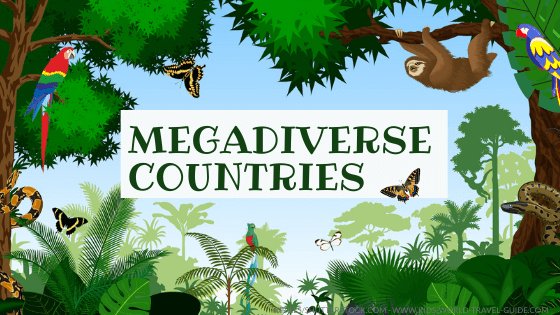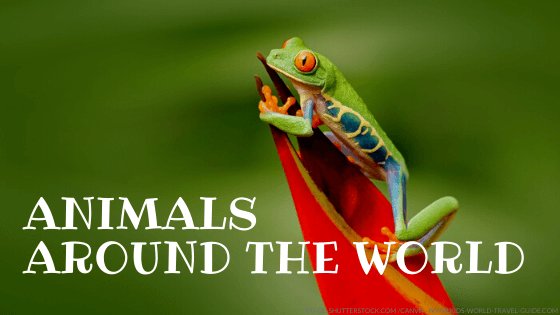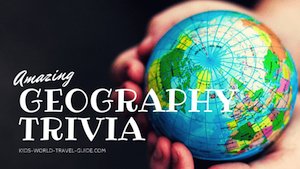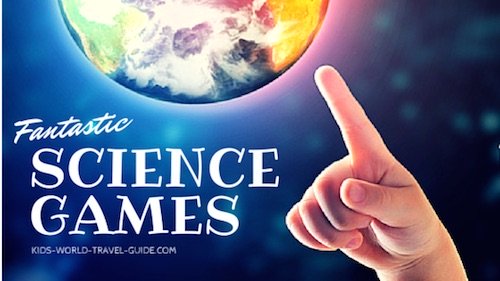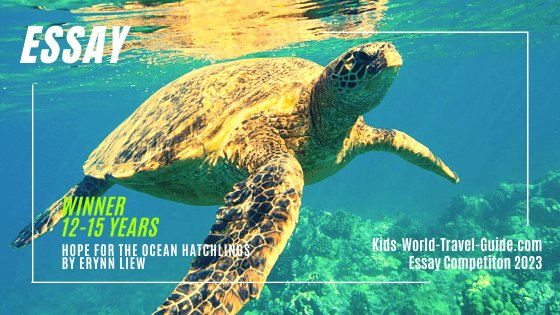- Homepage
- Iceland
Iceland Facts
Interesting Iceland Facts for Kids
 Iceland Facts: Geysers, Volcanoes, Ice and Lagoons
Iceland Facts: Geysers, Volcanoes, Ice and LagoonsHere are some interesting Iceland Facts which were choosen and reseached by kids especially for kids.
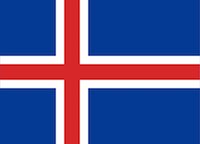 Iceland Flag
Iceland Flag- Continent: Europe
- Population: 390,000 people live on Iceland (2025)
- Capital: Reykjavik, which means 'smoky bay', with about 140,000 residents in the city
- Name: Republic of Iceland. (In the local language: Island); nickname: "Land of Fire and Ice"
- Government: Democracy
- Language: Icelandic, English (Nordic Languages and German are widely spoken)
- Religion: mainly Christians 95% (Evangelical Lutheran Church 74%)
- Currency: 1 Islandic krona (ISK)=100 ore
- National Anthem: Ó, guð vors lands (Our Country's God)
- National Holiday: 17 June (Independence Day)
- National Symbol: Falcon and the national colours: blue, white and red
Where is Iceland? - Iceland Map
Iceland is an island in Northern Europe that is located in the Atlantic Ocean near the Arctic circle. On this map you can see where Iceland is in Northern Europe.
You can click on the plus sign and move with the arrows to the left and make the island bigger, then you see the major cities and if you click satellite on the top right, then you can see the volcanos clearer too.
Iceland History
Iceland was founded by the Vikings. People from Norway, Denmark and Sweden were the first to settle in Iceland from as early as 870. Celts (mainly Scottish and Irish people) as well as Vikings who already had settled in the British isles also moved to the country as well in the 9th and 10th century.
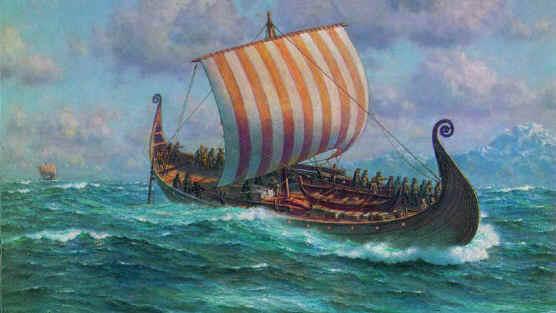 Viking ship
Viking shipLater Iceland was ruled also by the Norwegians and the Danes. Iceland became independent from the Kingdom of Denmark in 1918.
During World War II, Iceland was occupied by British and US American troops. Since 1944 Iceland is a republic.
Iceland Facts | Iceland Geography
Iceland lies in the Arctic Region of Northern Europe.
Iceland is the second largest island in Europe - after Great Britain. In size, Iceland is slightly bigger than Hungary or South Korea and about the size of the state of Kentucky/USA.
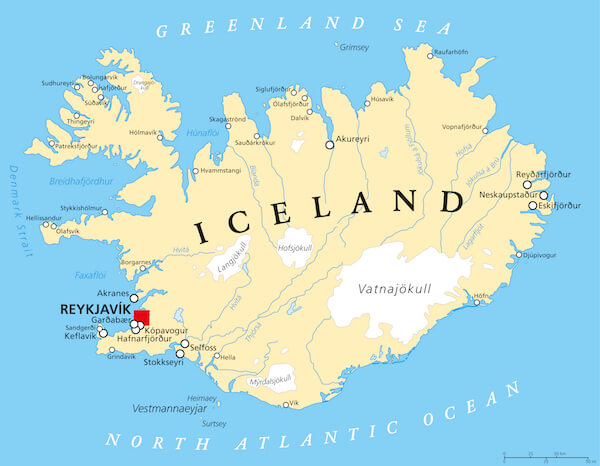 Map of Iceland
Map of IcelandTo reach Iceland's capital city Reykjavik, it takes a five-hours-flight from New York/USA or a three-hour flight from London/UK.
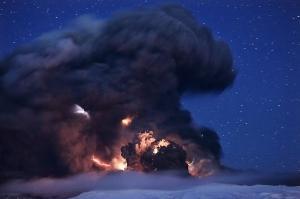 Active Volcano
Active VolcanoIceland is covered by ice, volcanos, glaciers and geysers. About 11 % of the country is covered by glaciers.
The country has more than 20 active volcanoes. Grímsvötn and Hekla are Iceland's most active volcanoes. In 2010, the latest major eruption of on of the island's glaciers took place on the Eyjafjallajökull and in 2011, when Grímsvötn erupted.
The country lies on two tectonic plates along which the volcanoes are located: the Eurasian and North American plates. The lava which came from the volcanoes on the plate borders formed the island. The last land addition to Iceland was formed in 1963: This island is called Surtsey and is located 30km/18.6 miles off the main island.
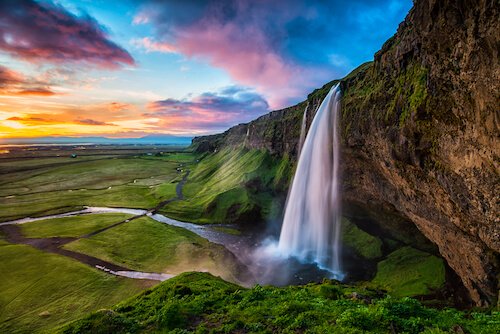 Seljalandsfoss Waterfalls
Seljalandsfoss WaterfallsThere are also many waterfalls, hot springs, mud pools and geothermal vents, where the heat of the earth comes out from the earth surface. The energy of the Iceland volcanoes and vents is used by geothermal power stations and supplies the heating to around 85% of all households.
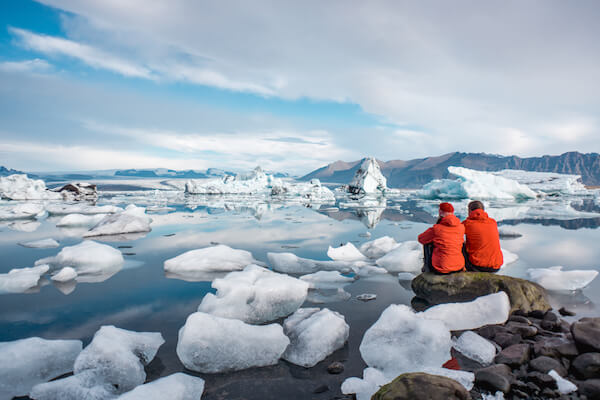
Did you know that the ice of the glaciers can be up to 1,000m/3280ft. thick! Have a look at the thick ice in the picture above.
Iceland lies on top of the Mid-Atlantic Ridge and due to the movement of the tectonic plates Iceland grows by about 2.5cm/ 1 inch per year!
Iceland Facts | Iceland Superlatives
- The highest mountain peak in Iceland is called Hvannadalshnjúkur, which is 2,119 m/ 6,852 ft high. It is the highest peak of Öræfajökull and is part of the Vatnajökull glacier area.
- More land is covered by glaciers in Iceland than in all European countries combined.
- The country is the second largest island in Europe and has a coastline of 4,970km/ 3,088 miles.
- Iceland is said to have the oldest parliament assembly, the Althingi, that set the Icelandic common law already in the year 930.
- Reykjavik is the northernmost capital city in the world.
- Iceland's tallest volcano is called Öræfajökull, it sits under the ice cap of Vatnajökull. Öræfajökull is Europe's second largest statovolcano after Etna in Italy.
- Vatnajökull is Iceland's largest glacier and covers 8% of the country.
- Vatnajökull National Park is the largest national park in Iceland.
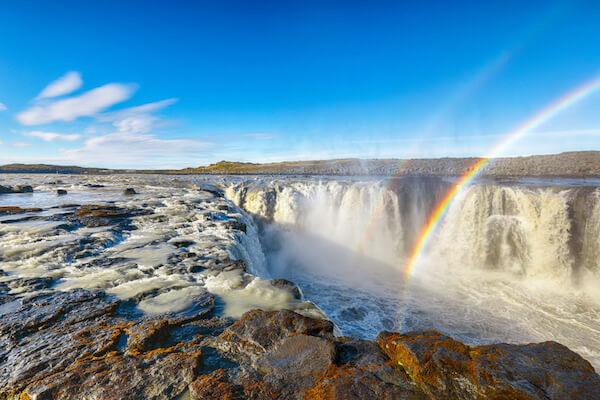 Waterfall in Vatnajökull National Park in Iceland
Waterfall in Vatnajökull National Park in IcelandThis national park covers almost 14% of the island. It has been added to the UNESCO World Heritage list in 2019.
Iceland Facts | Iceland Attractions
Which attractions should you visit in Iceland? Among the most popular attractions in Iceland and great activities to enjoy are:
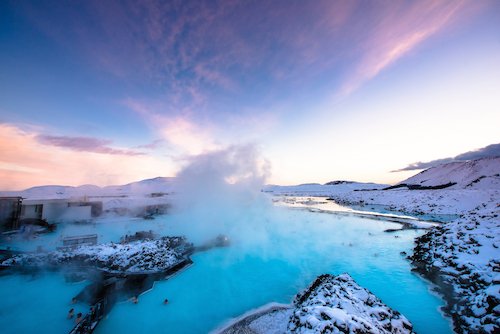 Blue Lagoon near Reykjavik, Iceland
Blue Lagoon near Reykjavik, Iceland- Take a bath at the Blue Lagoon geothermal spa
- See the spectacular Gullfoss waterfall and the Strokkur geysir which erupt every few minutes and spouts out water up to 30 m/ 100 ft.
- Be amazed by the Northern Lights which can be experienced between November and March
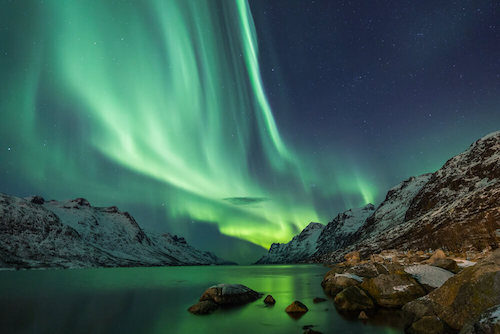 Magical Northern Lights in Iceland
Magical Northern Lights in Iceland- Hike the trails in the Skaftafell National Park
- Admire the many geysers and volcanoes
- Reykjavik: Visit the Hallgrimskirkja church and the National Museum
- Go whale watching. Take a trip from Reykjavik harbour and see the huge humpback whales - only between May to September
Iceland Facts | Iceland People
People living in Iceland are called Icelanders. Most people in Iceland live near the capital city Reykjavik which is the northernmost capital city in the world.
About 80% of Iceland is not inhabited, most people live in the capital city region and along the southwestern coastline.
The Icelanders do not have to pay school fees as all public school education is free of charge.
Famous Icelanders are the explorer Leif Erikson, nicknamed 'Leif the Lucky', who is known as the first European explorer in North America and his father Erik Thorvaldsson, known as 'Erik the Red', who founded the first Norse settlement on Greenland.
Halldór Laxness (1902 - 1998) is Icelands first and only winner of a Nobel Prize. The Icelandic writer, poet and playwright won the Nobel Prize of Literature in 1955.
One of the most famous persons of today is Björk, singer and actress, who also played the leading role in 'Dancers in the Dark'. And then of course, there is Arun Gunnarsson, the captain of the national football team.
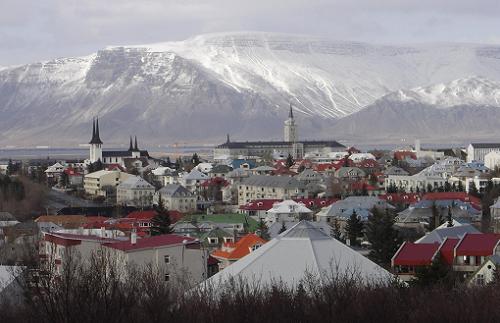 Reykjavik
ReykjavikDid you know, that the world's first democratically elected female president, was an Icelander? Her name is Vigdís Finnbogadóttir. She was president of Iceland from 1980 until 1996.
Interesting Iceland Language Facts
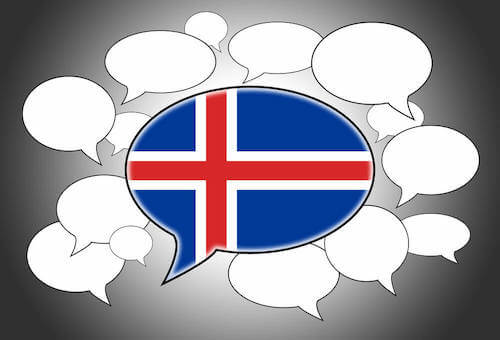
Icelandic is a Nordic language which is similar to the old Norwegian which was spoken over 1 000 years ago.
The Icelandic language has an alphabet with 32 letters. They use the Latin alphabet, similar to the English alphabet and also have to letters for 'th': Þ, þ and Ð, ð.
Most people speak English as a second language in Iceland. There are also many people speaking Danish or Norwegian.
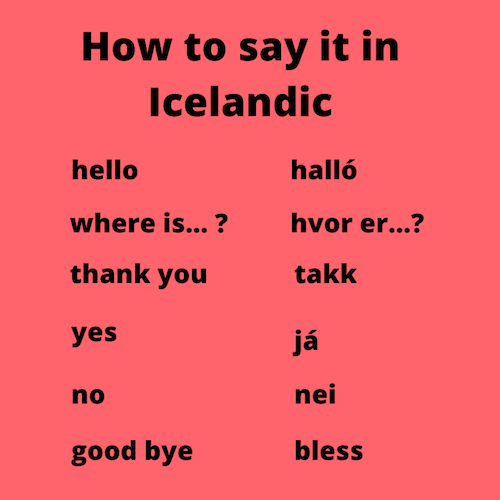
Most Icelanders do not have a family name or surname, they take on their father’s name.
So if the father is called Jakob, the daughter is given a first name for example Eva and then the father’s name with an added –sdottir and is then called Jakobsdottir (Jakob’s daughter), so we would call her: Eva Jakobsdottir. For sons they just add –sson: thus they would call Adam, their son, simply: Adam Jakobsson.
Iceland Facts: Iceland Animals
Iceland has got some farmland where you will see many sheep as they are the most common farm animals in Iceland.
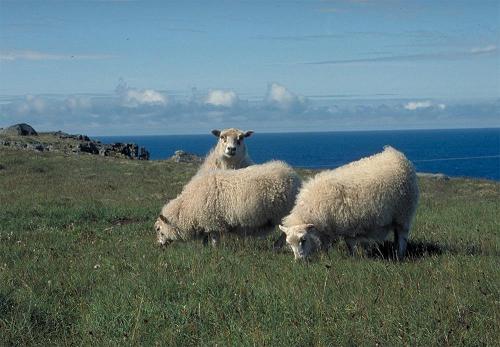 Sheep on Iceland
Sheep on IcelandYou will also see many seabirds like puffins. Puffins are black and white birds with large orange beaks that breed in large colonies on cliffs.
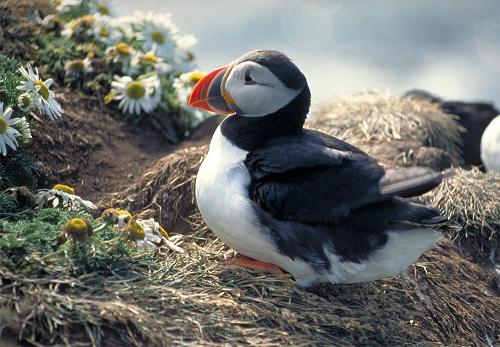 Puffin bird
Puffin birdWhale Watching is very popular in Iceland too, you will encounter an enormous sea life in Iceland too.
And have you heard of the Iceland horses, known also as Iceland ponies, they are really big and strong. They are so robust they can stay on the fields during wintertime. Here is a cute picture of two Iceland horses by Sigridur Kristinsdottir.
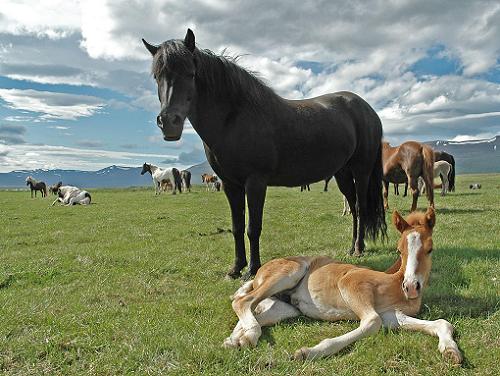 Icelandic Horses
Icelandic HorsesIceland Food
The Icelandic main dishes contain: lamb, seafood and dairy products.
The bread you will get in Iceland is mostly dark rye bread or rye flat bread, which is very tasty too and you definitely should try the delicious 'Kleina' pastries.
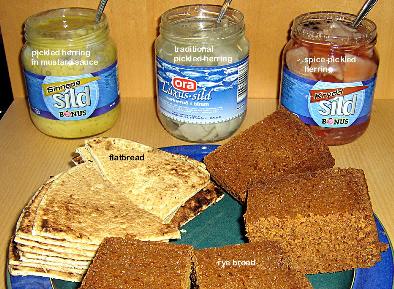 Iceland Food
Iceland FoodReindeer meat is also available in Iceland, but is quite expensive.
Other interesting Island facts regarding typical Icelandic food:
One specialty in Iceland which takes a bit to get used to is "Hakarl" which is rotten shark meat and it smells quite strongly.
- Skyr: yogurt like white cheese a bit like low fat cream cheese or quark
- Dried fish: usually haddock, cod or catfish, herring
- Porrablot: mid winter feast
- Lax: salmon
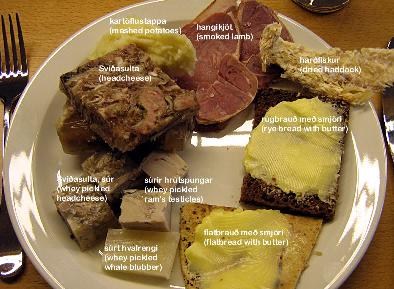 Typical Icelandic Dishes
Typical Icelandic DishesIceland Economy
Iceland's main industry sectors are tourism, power generation, aluminum sheltering, agriculture and fishing. Most Icelanders work in the service industry today, with only 1 in 12 Icelanders working in occupations related to farming and fishing.
The main trading partners of the country are Germany, Norway and the Netherlands.
The unemployment rate stands at about 4%, however, for young people the unemployment rate is much higher, at currently 12% (2019).
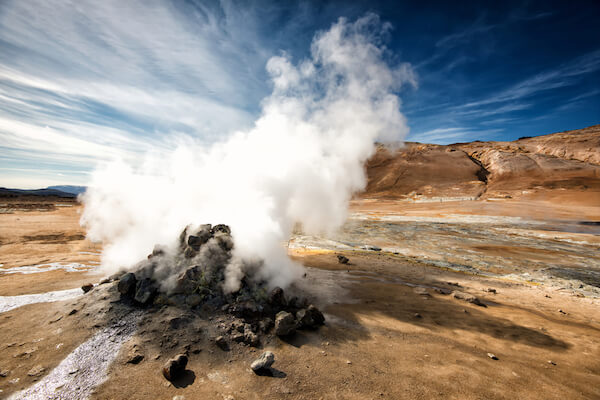 Geothermal energy is used in Iceland
Geothermal energy is used in IcelandIceland is the largest green energy producer (per person) and has the world's highest share of renewable energy in their energy use budget. The country's energy supply comes mainly from renewable sources such hydropower and geothermal power.
Most housing uses geothermal energy for heating as hot springs can be found almost everywhere.
Interesting Iceland Facts: Did you know…?
…the water of the geysers have a temperature of around 100 degrees Celsius or 212 degrees Fahrenheit!
Popular Pages
Resources for Iceland Facts
- Central Intelligence Agency. "Iceland". TheWorldFact Book. Last updated 28 May 2025. Last accessed 29 May 2025
- Parker O'Halloran. "Icelandic Language Day". Inspired by Iceland. 16 November 2024. Last accessed 29 May 2025
- Government of Iceland. "Energy". Government of Iceland. Last accessed 29 May 2025
- Iceland Tourist Board. "The Northern Lights". VisitIceland. Last accessed 29 May 2025
- Vatnajokulsthjodgardur National Park. "What is Vatnajökull National Park?". Vatnajökull National Park. Last accessed 29 May 2025
- "Icelandic cooking, recipes and food". Icecook.Blogspot.com. Last Updated 10 July 2017. Last accessed 29 May 2025
Image credits on Iceland Facts to: clemson.edu and sxc.hu: antoniocrp, peturjos, robbieboy1, siggakr, gregi, akiernan, stefan madder and shutterstock.com
From Iceland Facts to Kids World Travel Guide
Competition Winners 2024
More about Countries in Europe
***
